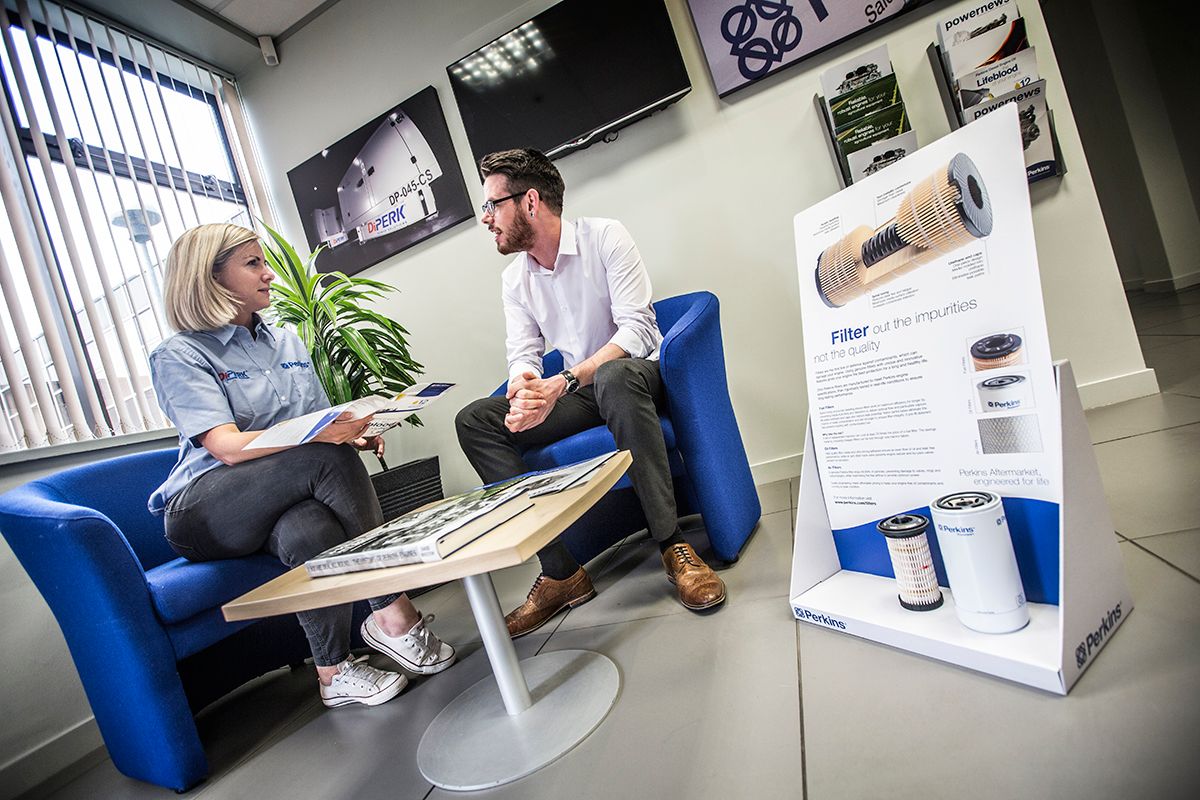Many aspects of off-highway diesel engine operation have similarities to the operation of the engines in cars. However, there is a fundamental difference in how the performance of an off-highway diesel engine is controlled. The driver of a car controls the engine’s power to achieve vehicle speed. The operator of an off-highway diesel engine just controls engine speed, and power is developed automatically. This behaviour is similar to the cruise control in a car.
Diesel engines are described as lean burn engines: they require more air than fuel. They breathe an unrestricted volume of air, and inject the amount of fuel needed to produce the desired power.
Compare this with petrol engines in which you need the air and fuel to be matched to produce power. Pressure on the accelerator or throttle pedal opens or closes a valve which controls airflow into the engine; the fuel system reacts by supplying the right amount of fuel. Foot off the pedal, no power demand; foot to the floor, maximum power demand.
Diesel engines do not have a throttle(*). Mechanical off-highway diesel engines have a speed demand lever, which the operator uses to set the required engine speed. Minimum lever position, lowest speed; maximum lever position, highest engine speed.
When you apply load to an off-highway diesel engine running at the speed set by its operator, the engine automatically develops power to maintain its speed. In a mechanical engine, a mechanical speed governor performs this function.
Within a mechanical governor, the speed demand lever creates a spring force working against a force based on engine speed. The balance of these forces controls the volume of fuel injected into the engine.
Applying machine load to the engine slows the engine speed. This creates an imbalance in the governor forces, which causes an increase in injected fuel and develops higher engine power to control engine speed. Similarly, if you remove machine load, the engine speed rises, which creates another imbalance in the governor forces, resulting in reduced injected fuel and lower engine power, until speed is under control.
Mechanical governing is very simple, but has inherent limitations in the way it controls speed.
An electronically governed off-highway diesel engine works in a very similar way. The machine sends a speed request to the engine electronic control module (ECM) which calculates the difference between this demand speed and the actual engine speed supplied by sensors. Based on this calculation, the ECM adjusts the injected fuel to achieve the required speed. It takes only a very small discrepancy in demand and actual engine speeds for it to change injected fuel and control speed.
Electronic governing is also simple, but makes sophisticated use of a variety of sensors to control speed.
An off-highway diesel engine governor – mechanical or electronic – is like cruise control on a passenger car. The car’s cruise control maintains vehicle speed regardless of headwinds or the gradient of the road – the equivalent of varying load. The off-highway diesel engine governor maintains engine speed regardless of the varying load applied by the machine.
*Note: Diesel engines do not need a throttle for the primary functional performance of running at speed and developing power. Thermal management of aftertreatment systems has led to ‘throttles’ in some engine systems.
Your regional Perkins Distributor can provide local, on-the-ground engine support.
Learn MoreOur digital magazine with the latest news, interviews and analysis.
Read moreIf you're ready to receive trusted advice from a Perkins expert, speak to our team today.
Connect with us


